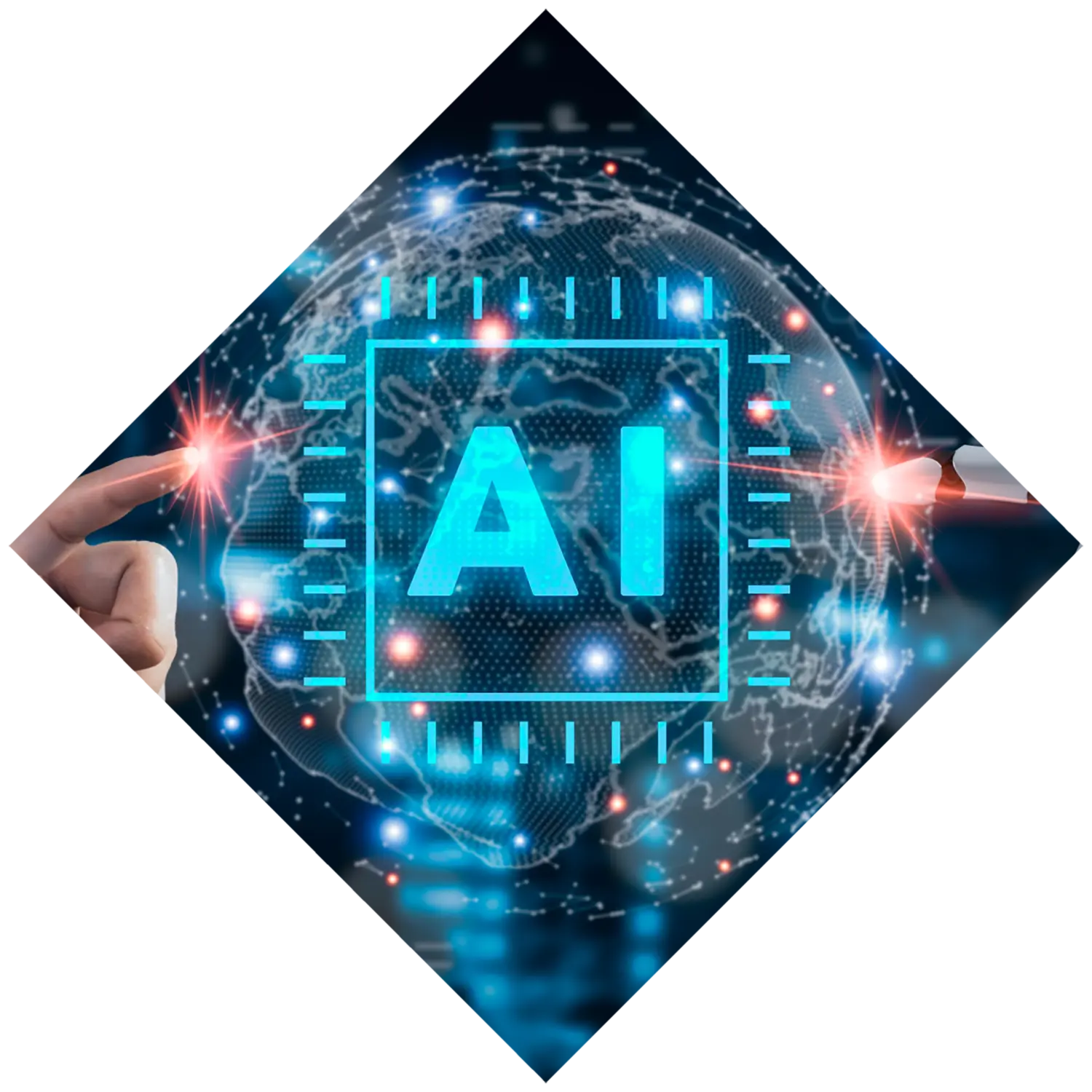
The Evolution of Workforce Management
The Evolution of Workforce Management
Embracing Remote Work and Its Challenges
Embracing Remote Work and Its Challenges

Challenges with a Remote Work Environment
But remote work still comes with its fair share of challenges. If you already run a team remotely or plan on it, you may notice these difficulties:
Communication Challenges: Effective communication becomes more complex in a remote work environment. Without face-to-face interactions, the reliance on digital communication tools can sometimes lead to misunderstandings or isolation among team members. Over-reliance on messaging can be especially detrimental when your team works in multiple time zones. Ensuring clear, consistent, and inclusive communication becomes a critical challenge for remote workforce management.
Productivity Tracking and Accountability: Managers may find tracking and measuring productivity in a remote setting challenging. The lack of physical presence can make gauging how employees spend their time difficult. Establishing methods for tracking progress, setting clear expectations, and measuring outcomes become vital components of remote workforce management.
Team Dynamics and Collaboration: Maintaining a cohesive team culture and fostering collaboration can pose more challenges when team members work remotely. Building and sustaining team relationships, encouraging camaraderie, and facilitating effective teamwork become essential for overcoming the potential isolation that remote work can accompany.
How to Overcome Remote Work Challenges
The good news is that there are many strategies you can implement to offset and overcome these challenges. Here are a few best practices to consider:
Clear Communication Channels: Establishing precise and efficient communication channels is crucial. Usually, it includes regular team meetings, one-on-one check-ins, working sessions, and various communication tools. Clear guidelines for when to use different channels (email, chat, video conferencing) help streamline communication.
To solve communication challenges, we often implement synchronous and asynchronous daily stand-up meetings focusing on communicating information between team members and setting working sessions to address anything blocking the work from being completed. If some team members have no overlap in working hours, asynchronous recorded stand-ups help consolidate information sharing while team chat Q&As clear up any points of confusion or address questions within one working day.
Setting Clear Expectations and Goals: Clearly defined expectations and goals help employees understand what the organization expects from them. It includes setting realistic deadlines, providing clear project outlines, and outlining key performance indicators. When expectations are transparent, employees are better equipped to manage their time and deliver results.
Implementing Productivity Tools: Leveraging the power of productivity tools can help track work progress and manage tasks. Project management tools, time-tracking software, and collaborative platforms can enhance visibility into the workflow, making measuring productivity and identifying areas for improvement easier. We utilize project management tools with process mining to collect, review, and optimize organization processes from the data these tools provide.
Investing in Team Building and Training: Remote teams benefit from team-building activities and training programs that strengthen bonds and provide necessary skills. Virtual team-building exercises, skill development workshops, and opportunities for informal interactions contribute to a positive team dynamic.
Promoting Work-Life Balance: Encouraging a healthy work-life balance is essential for remote workforce management. Clear policies on working hours, breaks, and expectations around availability help prevent burnout and ensure employees have the necessary downtime to recharge.
While remote work offers many benefits, effective management requires a strategic approach.
Overcoming communication challenges, implementing productivity tracking mechanisms, and fostering team dynamics are integral to successful remote workforce management. Adopting best practices that prioritize clear communication, goal setting, and employee well-being helps organizations navigate the complexities of remote work and unlock its full potential.

Productivity in the Age of AI and Technology
Productivity in the Age of AI and Technology
Rethinking Productivity: Output vs. Hours Worked
Rethinking Productivity: Output vs. Hours Worked
The Role of Automated Time Tracking
The Role of Automated Time Tracking

Aligning Time with Value: Analyzing and Improving Operations
Aligning Time with Value: Analyzing and Improving Operations
Turning this data into meaningful outcomes is an organization's most significant challenge. When employees face the hard facts about their effectiveness, it can elicit various emotions and pushback. It's vitally important that you focus on the improvements the data helps provide and not use it to berate employees, especially in front of their teammates. In nearly all cases, people work as hard and fast as their resources, knowledge, training, skills, and real-time challenges allow.
More often than not, we find that to improve productivity, an organization needs to address all of those areas before they assume the employee isn't suitable for a role or specific task. Even then, finding a different task or role that best fits the individual can vastly improve outcomes over layoffs and performance improvement plans. Here are techniques you can implement to analyze time-tracking data:
Task-Level Analysis: Break down time tracking data by specific tasks or projects. Then, identify functions that consistently take longer than expected or show a high variance in completion times. From there, analyze the patterns and factors contributing to delays or inefficiencies.
Employee Productivity Metrics: Compare time tracking data across employees to identify variations in productivity. Evaluate whether particular individuals or teams consistently outperform or lag.
Project Timeline Deviations: Examine project timelines and deadlines against actual time spent on tasks. Consider looking for instances where projects consistently exceed estimated timeframes.
Time Allocation Patterns: Analyze how employees allocate their time across tasks (e.g., client work, administrative tasks, meetings).
To align employee time with valuable outputs, organizations can implement strategic measures to address expected time sinks. Firstly, addressing process confusion is crucial. By clearly defining and communicating workflows, employees better understand their roles and responsibilities within organizational processes, minimizing the potential for time wasted due to confusion. Inefficient handoffs represent another common challenge. Analyzing time-tracking data helps identify delays or inefficiencies in task handoffs between team members.
Additionally, unnecessary meetings can be a significant drain on productivity. Organizations should evaluate time spent in meetings, identifying unnecessary or unproductive ones. Strategies such as shorter, more focused sessions or alternative communication methods can optimize time use and enhance efficiency.
Building a Supportive and Efficient Work Environment
Building a Supportive and Efficient Work Environment

Case Studies and Success Stories
Case Studies and Success Stories
Throughout the marketplace, we see many case studies and success stories of organizations successfully managing modern workforces. They should serve as an inspiration to how you want to manage employees.
Here are examples to model after:
Google:
Google is renowned for its innovative approach to managing employees. The company promotes a flexible work environment with initiatives like "20% time," where employees dedicate a portion of their week to personal projects. This strategy fosters creativity and innovation, encouraging employees to explore new ideas. Google also emphasizes a collaborative culture through open workspaces and digital platforms, facilitating real-time communication and idea-sharing. The company's emphasis on a supportive and inclusive culture contributes to high employee satisfaction.
Salesforce:
Salesforce prioritizes employee well-being through various initiatives, including a 1-1-1 model where 1% of Salesforce's product, 1% of equity, and 1% of employees' time contribute to philanthropic efforts. The company actively promotes diversity and inclusion and is firmly committed to equal pay and representation. Salesforce's focus on flexibility includes allowing employees to work remotely part-time, contributing to a balanced work-life structure. The company's emphasis on philanthropy and inclusivity contributes to a positive corporate culture.

